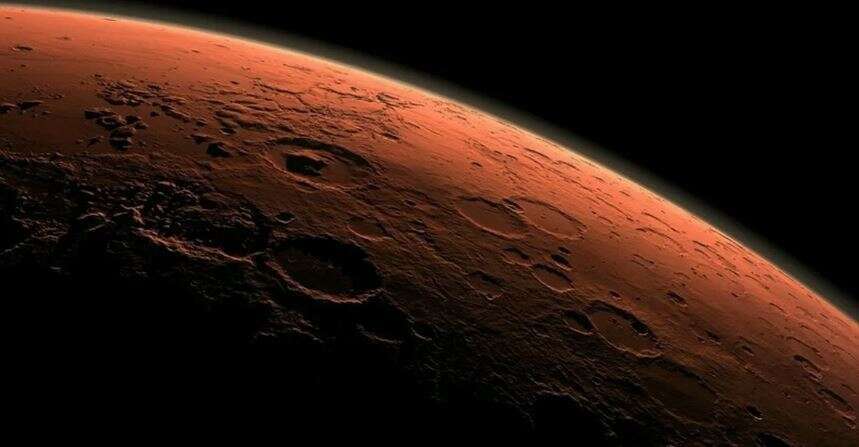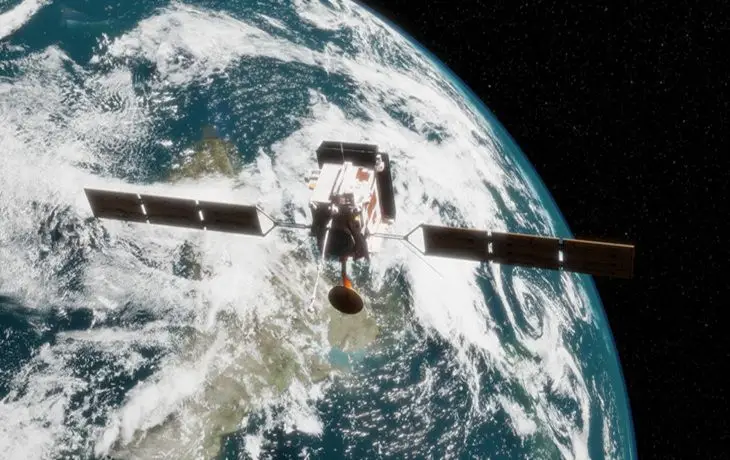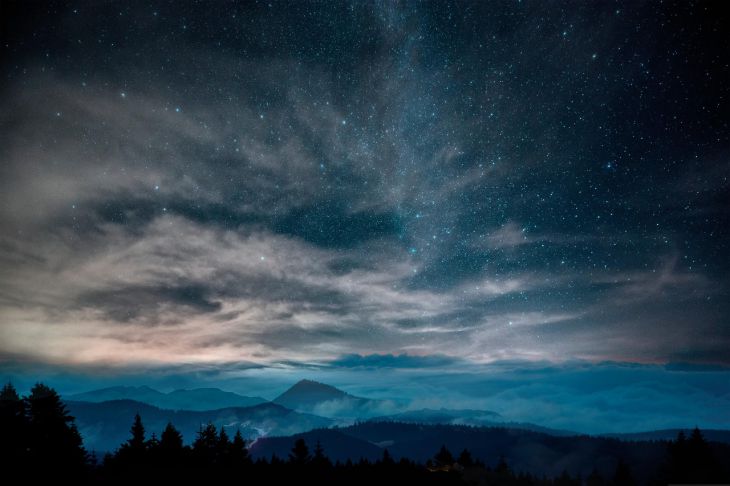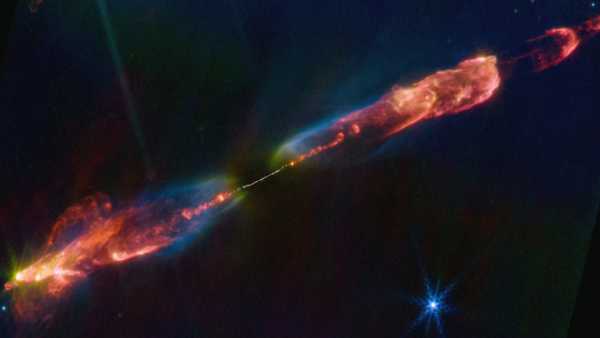
Minerals from Mars zircon containing uranium is one of the main components of the continental crust of the Earth, providing information on the age and origin of continents, as well as on large geological features, such as mountain chains and giant volcanoes. But unlike Earth, the crust of Mars has not evolved and is similar in composition to the crust found under the oceans of the Earth, where zircon is rare. Therefore, zircon is not expected to become a common mineral on Mars.
“We were quite surprised and excited when we found so much zircon in this Martian meteorite. Zircon are incredibly strong crystals that can date and preserve information that tells us about their origin. Access to so much zircon is like opening a time window into the planet’s geological history, “says Professor Martin Bitzarro of the GLOBE Institute, who led the study.
The team investigated the ancient Martian meteorite NWA 7533, called Black Beauty, which was discovered in the Moroccan desert in 2011. After grinding 15 grams of this rock, they recovered about 60 zircons. Dating them by age, they found that most crystals date from about 4.5 billion years ago, namely the very beginning of life on the planet. But they also made an unexpected discovery: some zircon minerals from Mars were much younger in age – from 1,500 million to 300 million years.
“Such a young age was a big surprise,” says Bitzarro. “It is believed that the Black Beauty meteorite comes from the southern hemisphere of Mars, where there are no young volcanic territories. The only possible source of these young zircons is the volcanic province of Farsida, located in the northern hemisphere of the planet, which contains vast areas of volcanoes that have recently been active, “adds Martin Bitzarro.
The Farsida ledge on Mars is a huge volcanic province, which contains the largest volcanoes in the solar system, whose height reaches 21 km. Scientists believe that this volcanic region is an expression of very deep magmatism erupting on the surface of the planet. The analogy on Earth is the Hawaiian volcanic chain of the islands, which is also believed to reflect deep volcanic activity. But due to plate tectonics, the Pacific Plate is constantly moving, so that instead of accumulating in one place, a chain of increasingly young volcanic islands has formed. Since there are no plate tectonics on Mars, volcanoes accumulate in one place and as a result grow to a gigantic size.
If Bizzarro’s team is right, it means that young zircones can contain information about the deep, inaccessible bowels of Mars. This is the first time scientists have direct access to the interior of the red planet using these samples, which could allow them to uncover the internal structure.




